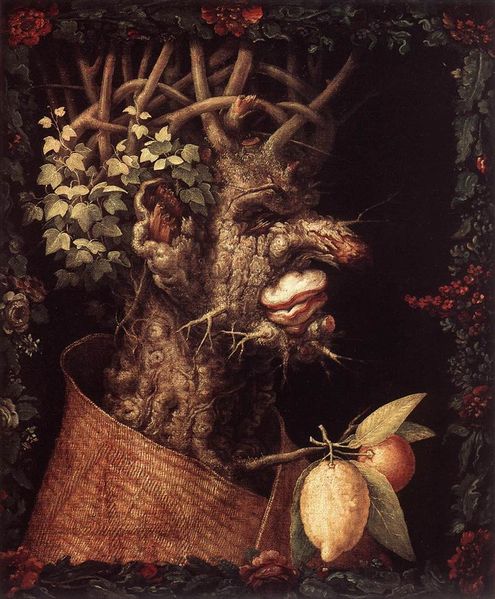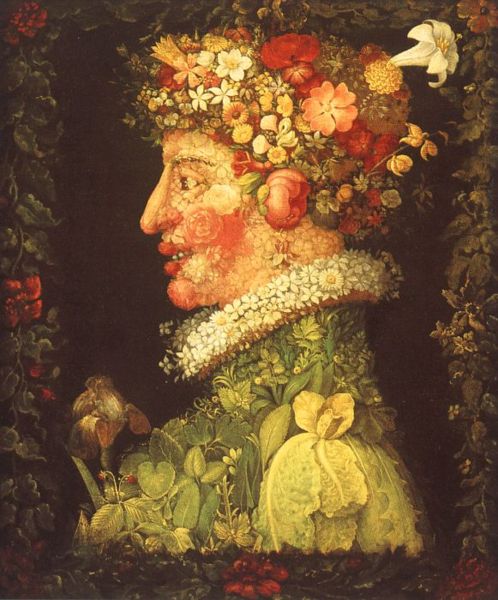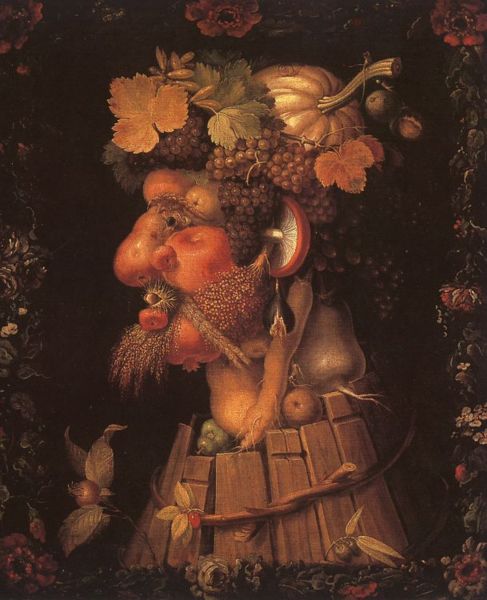Giuseppe Arcimboldo (1527 – 1593)
Get a Giuseppe Arcimboldo (1527 – 1593) Certificate of Authenticity for your painting (COA) for your Giuseppe Arcimboldo (1527 – 1593) drawing.
For all your Giuseppe Arcimboldo (1527 – 1593) artworks you need a Certificate of Authenticity (COA) in order to sell, to insure or to donate for a tax deduction.
Getting a Giuseppe Arcimboldo (1527 – 1593) Certificate of Authenticity (COA) is easy. Just send us photos and dimensions and tell us what you know about the origin or history of your Giuseppe Arcimboldo (1527 – 1593) painting or drawing.
If you want to sell your Giuseppe Arcimboldo (1527 – 1593) painting or drawing use our selling services. We offer Giuseppe Arcimboldo (1527 – 1593) selling help, selling advice, private treaty sales and full brokerage.
We have been authenticating Giuseppe Arcimboldo (1527 – 1593) and issuing certificates of authenticity since 2002. We are recognized Giuseppe Arcimboldo (1527 – 1593) experts and Giuseppe Arcimboldo (1527 – 1593) certified appraisers. We issue COAs and appraisals for all Giuseppe Arcimboldo (1527 – 1593) artworks.
Our Giuseppe Arcimboldo (1527 – 1593) paintings and drawings authentications are accepted and respected worldwide.
Each COA is backed by in-depth research and analysis authentication reports.
The Giuseppe Arcimboldo (1527 – 1593) certificates of authenticity we issue are based on solid, reliable and fully referenced art investigations, authentication research, analytical work and forensic studies.
We are available to examine your Giuseppe Arcimboldo (1527 – 1593) painting or drawing anywhere in the world.
You will generally receive your certificates of authenticity and authentication report within two weeks. Some complicated cases with difficult to research Giuseppe Arcimboldo (1527 – 1593) paintings or drawings take longer.
Our clients include Giuseppe Arcimboldo (1527 – 1593) collectors, investors, tax authorities, insurance adjusters, appraisers, valuers, auctioneers, Federal agencies and many law firms.
We perform Giuseppe Arcimboldo art authentication, appraisal, certificates of authenticity (COA), analysis, research, scientific tests, full art authentications. We will help you sell your Giuseppe Arcimboldo or we will sell it for you.

Vertumnus, A Portrait of Rudolf II
Giuseppe Arcimboldo was an Italian painter best known for creating imaginative portrait heads made entirely of such objects as fruits, vegetables, flowers, fish, and books — that is, he painted representations of these objects on the canvas arranged in such a way that the whole collection of objects formed a recognizable likeness of the portrait subject.

Winter
In 1562 he became the court portraitist to Maximilian II at the Habsburg court in Vienna, and later, to his son Rudolf II at the court in Prague, both of whom seem to have much liked Arcimboldo’s extraordinary portraits. He was also the court decorator, costume designer, and general art expert. His style of early pre-surrealist portraiture was much copied by his contemporaries, making it difficult at times to differentiate his work from that of imitators. Ironically, given the fame of the imaginary portraits, Arcimboldo’s conventional work has been all but forgotten. He died in Milan.

Spring 1563
Many of his works were stolen from Rudolf II’s collections by the Sweden Raids on Prague in 1648 during the Thirty Years’ War by orders of Christina of Sweden. His works can be found in Vienna’s Kunsthistorisches Museum and the Habsburg Schloss Ambras in Innsbruck, the Louvre in Paris, as well as numerous museums in Sweden. In Italy, his work is in Cremona, Brescia, and the Uffizi Gallery in Florence. The Wadsworth Atheneum in Hartford, Connecticut, and at the Candie Museum, Guernsey, also contain pieces of his work.

Summer 1573
The bizarre works of Arcimboldo especially his multiple images were rediscovered by Surrealist artists in the first part of 20th century. The paranoiac-critical method of Salvador Dalí was influenced by the Mannerist painter and in many Surrealist Dictionaries Arcimboldo is identified as a Surrealist painter before Surrealism existed. In the “The Arcimboldo Effect” exhibition at the Palazzo Grassi in Venice (1987) a lot of double meaning paintings were exhibited, all of them connected to the secret technique of Giuseppe Arcimboldo. There are also contemporary works influenced by the revival of interest in Arcimboldo, including paintings by Shigeo Fukuda, István Orosz, Octavio Ocampo and Sandro del Prete, and some of the films of Jan Svankmajer.

Autumn 1573
Reviews
1,217 global ratings
5 Star
4 Star
3 Star
2 Star
1 Star
Your evaluation is very important to us. Thank you.
